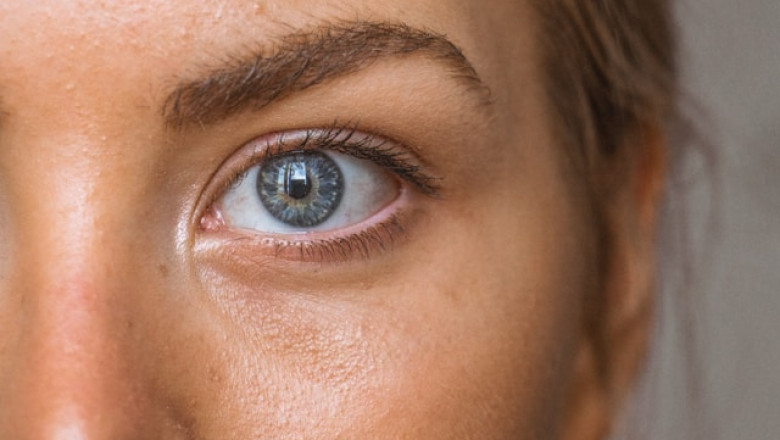views
Dry eye is a common condition that occurs when your eyes do not produce enough tears or when the tears evaporate too quickly. It can cause discomfort, irritation, and even affect vision. If left untreated, dry eye can lead to complications that may impact daily activities like reading, driving, or using digital devices.
Causes of Dry Eye
Several factors can contribute to dry eye, including:
-
Aging: Tear production decreases with age, making older adults more prone to dry eye.
-
Screen Time: Prolonged use of computers, smartphones, or tablets can reduce blinking, leading to tear evaporation.
-
Environmental Conditions: Wind, smoke, and dry climates can accelerate tear evaporation.
-
Medical Conditions: Diseases like diabetes, rheumatoid arthritis, and thyroid disorders can increase the risk of dry eye.
-
Medications: Antihistamines, decongestants, and some blood pressure medications can reduce tear production.
-
Contact Lenses: Long-term use of contact lenses may contribute to dry eye.
Symptoms of Dry Eye
Dry eye can present in various ways, including:
-
Redness and irritation
-
A gritty or burning sensation
-
Excessive tearing (a response to dryness)
-
Sensitivity to light
-
Blurred vision
Treatment Options for Dry Eye
Managing dry eye depends on its severity and underlying cause. Some effective treatments include:
-
Artificial Tears: Over-the-counter eye drops can help keep eyes lubricated.
-
Lifestyle Changes: Taking breaks from screens, using humidifiers, and wearing protective eyewear outdoors can reduce symptoms.
-
Prescription Medications: Eye drops that increase tear production or reduce inflammation may be recommended.
-
Punctal Plugs: In severe cases, tiny plugs can be inserted into tear ducts to retain moisture.
-
Surgical Options: Advanced cases may require surgical intervention to improve tear production and retention.
Where to Seek Treatment
For expert care and advanced treatment options, visiting the best eye care hospital in Thrissur is essential. At Aarya Eye Care, experienced specialists use the latest technology to diagnose and manage dry eye effectively. Whether you need basic treatment or advanced interventions, the team ensures comprehensive eye care tailored to your needs.
If you are experiencing persistent symptoms of dry eye, schedule a consultation at Aarya Eye Care today for a thorough evaluation and personalized treatment plan.






















Comments
0 comment